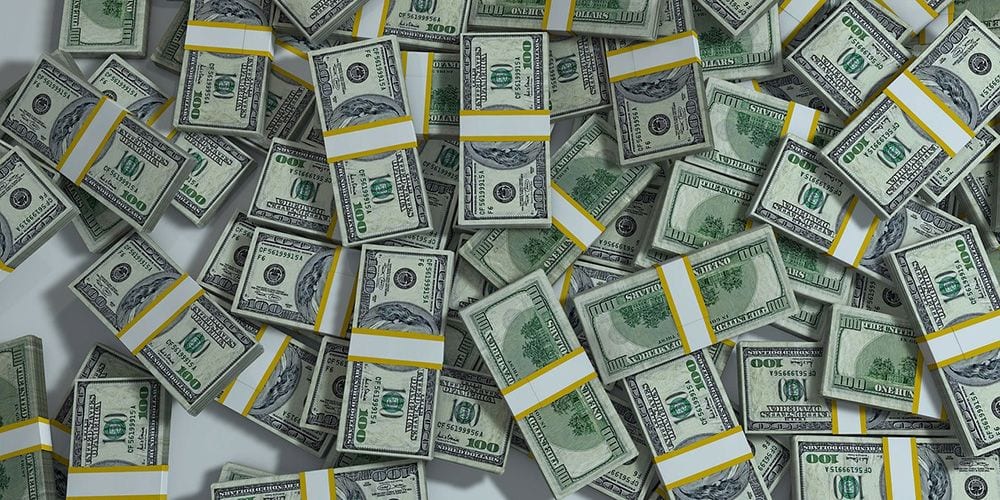Small Donations to Presidential Primaries Are on Rise, Study Finds

Political science researchers have found that the number and amount of small individual campaign contributions during presidential primaries has increased substantially since 2000, while medium and large contributions declined.
The Bipartisan Campaign Reform Act of 2002, commonly known as the McCain Feingold Act, raised the limit on individual contributions from $1,000 to $2,000, and allowed the limit to be indexed for inflation. At the same time, the $250 threshold to receive matching funds on contributions remained the same. This raised concerns that candidates would shift their focus from small contributors, who give under $200, to large contributors who could donate the maximum amount.
Karen Sebold, clinical assistant professor of political science, and Andrew Dowdle, professor of political science, looked at the number and size of contributions during the “invisible primary” phase of presidential primaries — the year leading up to the Iowa caucus each election cycle — from 2000 until 2016, to test the hypothesis that the McCain Feingold Act led to a greater emphasis on large donations. They explained that the role of campaign contributions is especially important during this phase because candidates who raise the most money during this time tend to be more successful. Their findings will be published in an upcoming issue of the Election Law Journal.
The researchers found that small contributions rose for both Democrats and Republicans over this time period and medium and large contributions fell. The total number of small contributions rose from 55,000 in 2000 to more than 566,000 in 2016. In the 2012 and 2016 primaries, small contributors were the greatest source of individual support.
“This is surprising and counters our expectations about the increase in the contribution limits,” the researchers said.
The researchers concluded that these findings raise new questions about the role of small, medium and large donors in primary elections, especially considering the recent rise of super PACs, which do not have limits on the amount of money they can donate to campaigns.



